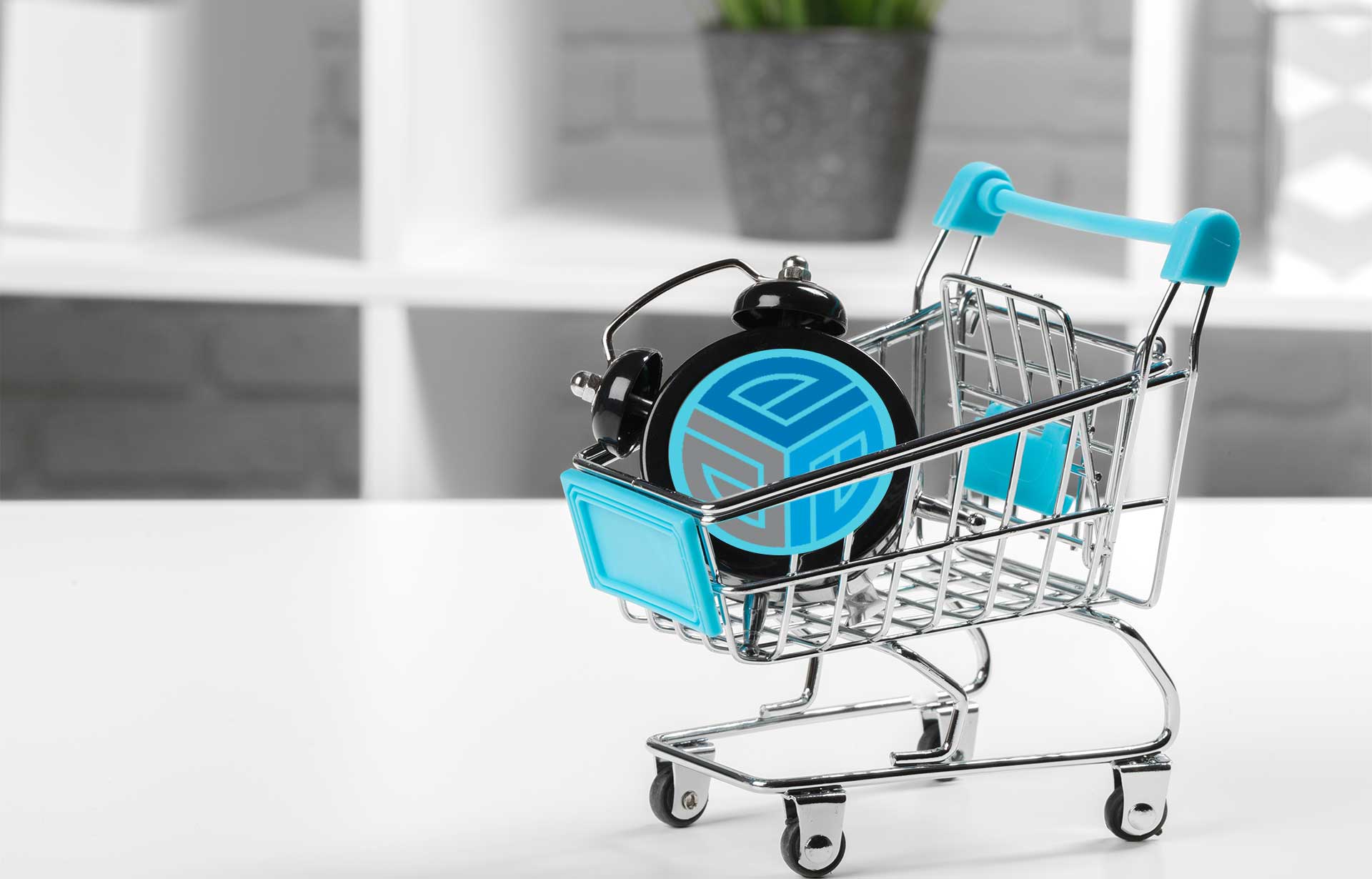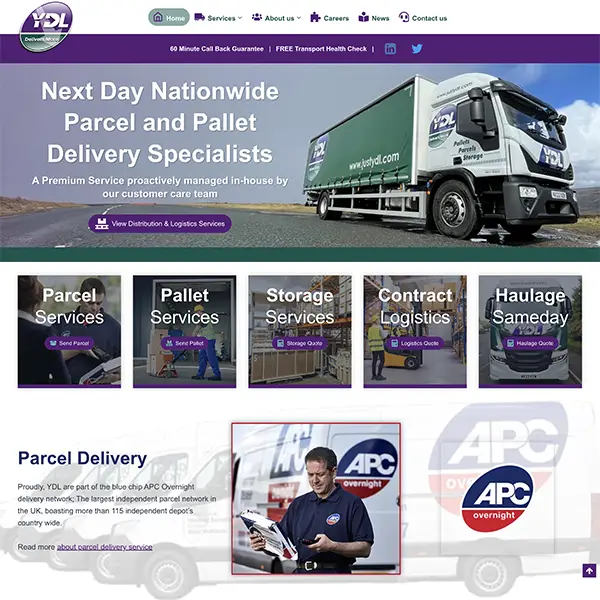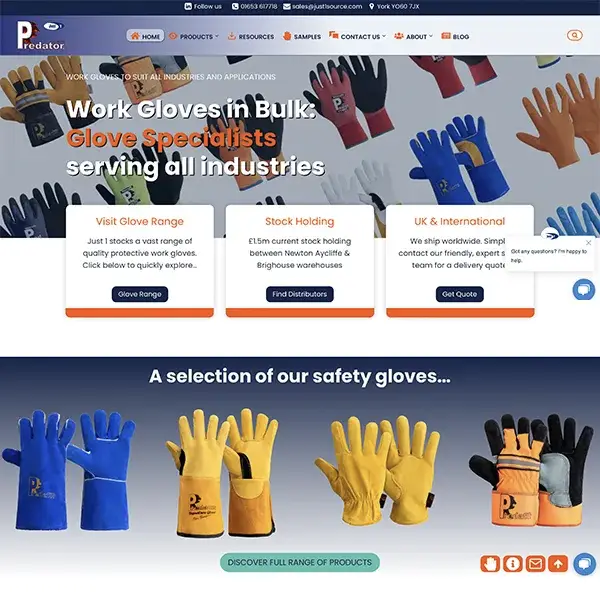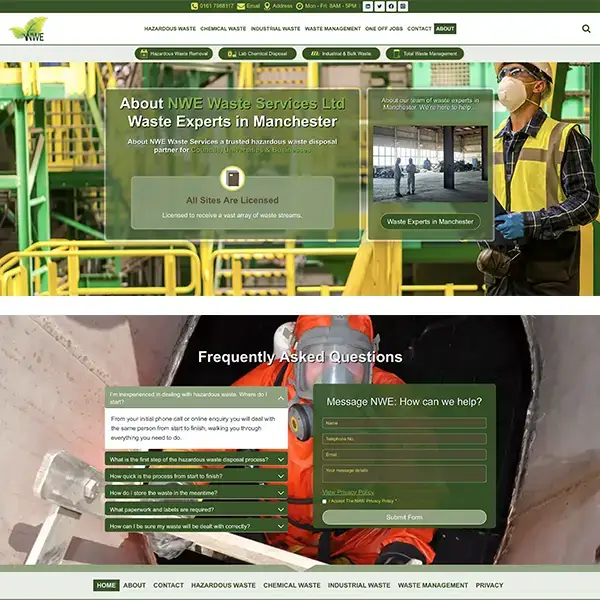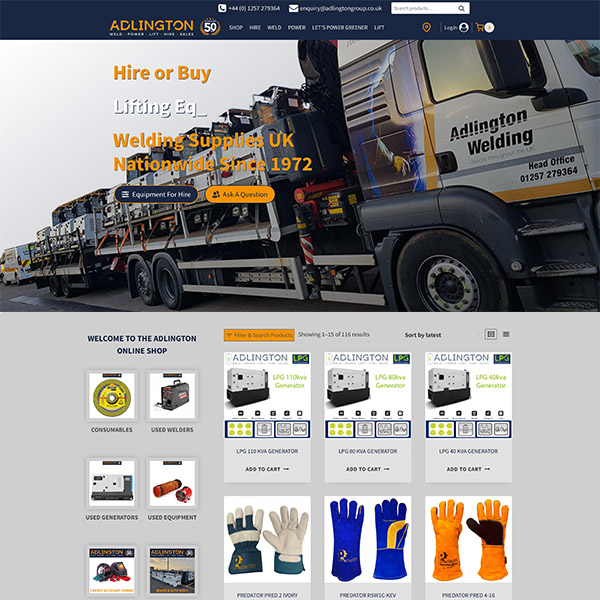The Future of Online Shopping & Stores
Online shopping has become increasingly popular in recent years, and it is likely to continue to grow in the future. There are several reasons for this trend. Here we discuss!
One reason is the convenience of online shopping. With the rise of smartphones and other mobile devices, it has become easier than ever to shop online. Consumers can shop from anywhere, at any time, and have their purchases delivered to their doorstep. This is especially useful for people with busy schedules or those who live in remote areas.
Another reason for the growth of online shopping is the wider selection of products available online. Many online retailers offer a much larger selection of products than their brick-and-mortar counterparts, making it easier for consumers to find exactly what they are looking for.
In addition to the convenience and wider selection of products, online shopping has also become more affordable. Many online retailers offer competitive prices, and there are also numerous sites that offer coupons, discounts, and other promotions to help consumers save money.
As online shopping continues to grow, it is likely that we will see even more innovation in this space. For example, virtual reality and augmented reality technology could be used to allow consumers to try on clothes or see how furniture would look in their home before making a purchase. We may also see the use of artificial intelligence and machine learning to personalise the shopping experience for each consumer, suggesting products based on their past purchases and preferences.
Overall, the future of online shopping looks bright, with more convenient, affordable, and innovative options becoming available to consumers. As technology continues to advance, it is likely that we will see even more changes in the way we shop online.
What makes a good, or even great, shopping experience? Here are some examples of good user experience for online stores using WooCommerce:
- Easy navigation: The website should be easy to navigate, with clear categories and subcategories for products and a search bar for users to quickly find what they are looking for.
- Product information: Product pages should provide detailed information about the products, including high-quality photos, descriptions, and specifications.
- Mobile optimisation: The website should be mobile-friendly and responsive, with a design that works well on all devices.
- Quick checkout process: The checkout process should be easy and seamless, with clear instructions and the option to save payment and shipping information for future purchases.
- Secure payments: The website should use secure payment methods to protect user information and provide a safe shopping experience.
- Customer support: The website should have multiple ways for customers to get in touch with the company, such as a live chat, contact form, email, or phone number.
- Personalisation: The website should use personalised recommendations and other features to make the shopping experience more personalised and relevant for each user.
By providing a user-friendly experience and addressing the needs of their customers, online stores can improve customer satisfaction and loyalty, leading to increased sales and success. Though crucially reducing online sales returns. It’s estimated that 33% of all items sold online are returned! Sellers must do much more to avoid this profit killer…
Andy Laking, Trinity Web Design Ltd Owner & Creative Director
So let’s look at the benefits of online shopping for sellers and buyers. There are several benefits for both sellers and buyers in the world of online shopping:
For sellers:
- Increased reach: Online stores can reach a global audience, rather than being limited to a specific geographic location.
- Lower overhead costs: Online stores typically have lower overhead costs compared to brick-and-mortar stores, as they do not need to pay for physical storefronts or staff.
- Greater flexibility: Online stores can be operated from anywhere and can be more flexible in terms of operating hours and sales strategies.
- Enhanced tracking and analysis: Online stores can track and analyse customer behavior and purchasing habits, allowing them to make data-driven decisions about their business.
For buyers:
- Convenience: Online shopping allows buyers to shop from anywhere and at any time, making it a convenient option for busy individuals.
- Wider selection: Online stores often offer a wider selection of products than physical stores, allowing buyers to find exactly what they are looking for.
- Lower prices: Online stores often offer competitive prices and promotions, making it easier for buyers to find the best deal.
- Enhanced security: Online stores often use secure payment methods and encryption to protect user information and provide a safe shopping experience.
Overall, online shopping offers benefits for both sellers and buyers by increasing reach, lowering costs, and providing convenience and security.
In conclusion, online shopping has become an increasingly popular way to purchase goods and services. It offers convenience, a wider selection of products, and competitive prices to consumers, while also providing sellers with a global audience, lower overhead costs, and the ability to track and analyse customer behavior. As technology continues to advance, it is likely that we will see even more innovation and growth in the world of online shopping.




